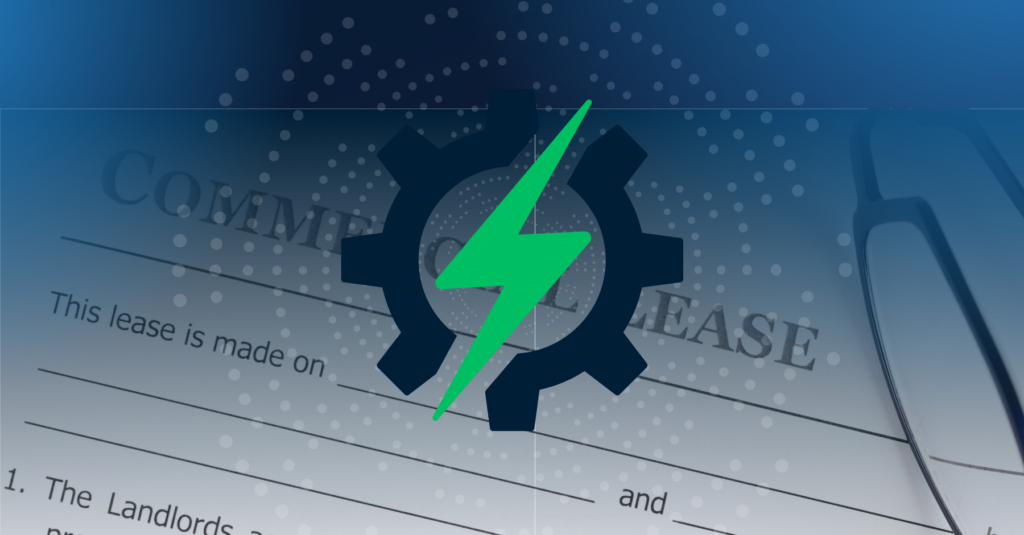Last week, New York joined California, Massachusetts, and Oregon in the quest to deploy more energy storage through legislative action. NY signed into law bill A.6571, requiring the Public Service Commission to implement a new energy storage deployment program “to encourage the installation of qualified energy storage systems.” The yet-to-be-created program should reduce regulatory barriers, create long-term signals for investment, and finally address a major shortcoming of REV. Read on for more details on the bill, why there has been little storage deployed in NY to date, and how this bill aims to address this problem.
- Bill Background and Details
- How does this align with the Clean Energy Standard (CES) and Reforming the Energy Vision (REV)?
- What are other states doing?
- Why is NY lagging behind?
Bill Background and Details
Bill A.6571, sponsored by Assemblywoman Amy Paulin, a recent keynote speaker at the NYECC’s Energy New York Awards, was introduced in March 2017, passed unanimously by the Legislature, and signed into law 11/29/17 by Governor Cuomo. The bill instructs the Public Service Commission to “establish a target for the installation of qualified energy storage systems to be achieved through 2030 and programs that will enable the state to meet such target,” with goals/targets established in conjunction with and programs administered by NYSERDA and LIPA. While there are no numbers to report as of yet (forthcoming in 2018 per the bill), this is a step in the right direction to encourage energy storage deployment (both customer and utility sited), which brings the following benefits:
- Avoid/defer costs associated with transmission, distribution, and/or capacity
- Minimize peak load in constrained areas
- Balance renewable intermittency
- Increase resiliency/reliability
- Reduce GHG emissions
How does this align with CES and REV?
New York’s Clean Energy Standard requires 50% of NY’s electricity to come from renewable energy sources like wind and solar by 2030, while NY’s Reforming the Energy Vision (REV) initiative aims to reform the utility business model to align rate-making with evolving regulatory and policy goals (e.g. integration of distributed energy resources, support of CES). Neither policy initiative explicitly supports energy storage deployment, and it’s noticeable.
“Three and a half years into New York’s Reforming the Energy Vision grid overhaul, renewable energy has surged but energy storage deployments have merely trickled in” – Julian Spector, Greentech Media
Only a few demo projects and non-wires alternatives projects have moved forward, with NY lagging behind other states in energy storage deployment. Bill A.6571 attempts to correct course by creating a defined target and programs to streamline deployment by reducing regulatory barriers and creating a long-term view to attract investment.
What are other states doing?
NY joins California, Massachusetts, and Oregon as the only states with legislation addressing energy storage deployment.
- The market leader – California’s energy storage mandate AB 2514 requires PG&E, SCE, and SDG&E (3 largest utilities) to procure 1.3 GW by 2020 (online by 2024), as well as 500 MW of behind-the-meter storage
- The next state to join CA – Oregon’s energy storage mandate HB 2193 requires Portland General Electric and PacifiCorp to procure a minimum of 5MWh of energy storage by Jan 1, 2020
- The first on the east coast – Massachusetts requires utilities to achieve 200 MWh of storage by Jan 1, 2020
Compared to NY’s ~5MW of energy storage deployed, several other states (without mandates) are lapping NY. Copied from Greentech Media’s article Years In, NY REV Lacks Major Storage Action. That May Have to Change Soon:
- Arizona Public Service beat that with two projects in just the past year. That means a regulated utility in a red state with little professed interest in fighting climate change has outdone New York on its use of this cutting-edge grid technology. Tucson Electric Power will blow New York out of the water when its 30-megawatt/120-megawatt-hour solar-paired storage project comes on-line in 2019.
- Duke Energy in North Carolina is going to beat New York’s power capacity with two projects coming in 2019.
Why is NY lagging behind in energy storage deployment?
There are several reasons NY is lagging behind:
- NYC, the largest market in NY with the most potential for customer-sited storage, is held back by FDNY’s permitting process. With so many new chemical technologies, the potential risk of fire and related safety issues, and an understaffed department, it has been tough to streamline the process to enable rapid scale.
- Wholesale markets and utility tariffs do not currently provide long-term revenue reliability that investors need in order to enable mass installations of energy storage.
- Lack of value for resiliency and grid services
The intent of NY’s energy storage mandate will be to develop targets and programs to address the concerns above.
With so many potential value streams for behind-the-meter storage (peak load reduction, PLC/ICAP reduction, load shifting, DR) it’s important to fully understand your LDC tariff rates and optimize your procurement strategy so you don’t block out savings in the future. Contact us to learn more about how EnergyWatch can help with the analysis of your energy storage project and the measurement and verification once implemented.
 California Signs Climate Laws, Bringing Back Urgent Timeline
California Signs Climate Laws, Bringing Back Urgent Timeline
 Log In
Log In








